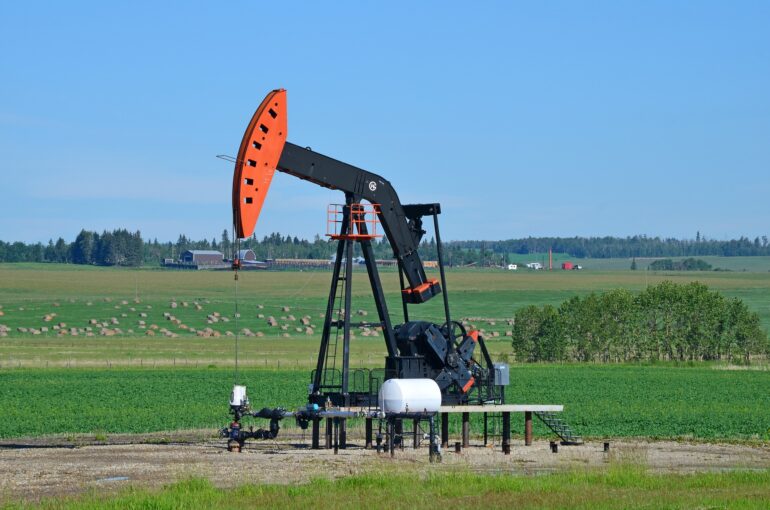TL;DR:
- Skoltech researchers introduce a deep learning model for oil well development.
- The model utilizes fragmented data to create a comprehensive mathematical representation of wells.
- It accurately predicts oil-producing properties and addresses drilling in the wrong direction.
- The model achieves an 82% accuracy rate in rock type prediction, surpassing previous methods.
- Training is done through self-supervised learning without labeled data.
- This groundbreaking technology has the potential to optimize oil extraction and decision-making.
Main AI News:
In a groundbreaking study published in IEEE Geoscience and Remote Sensing Letters, a research team from Skoltech has unveiled a cutting-edge model that promises to revolutionize the planning stage of oil well development. This innovative model harnesses the power of deep learning to extract crucial insights and data about prospective wells, enabling more accurate predictions of their oil-producing properties and significantly improving drilling operations.
Oil and gas well development traditionally comprises three key stages: discovery, evaluation, and development. The evaluation stage involves assessing vital factors such as oil reserve volumes and their distribution. To obtain this critical information, exploration wells are drilled and probed, recording various indicators such as layer radioactivity and groundwater mobility. These indicators inform decisions related to well development.
However, the current state of oil field evaluation presents a challenge—fragmented data that lacks effective utilization. The team at Skoltech sought to address this issue by developing a model that utilizes the available data to construct a comprehensive mathematical representation, known as a vector, which fully describes the characteristics of a well.
Lead author Alexander Marusov, a research engineer at Skoltech, explains, “Our study aims to create a model that synthesizes these fragmented data into a cohesive and informative vector representation of the well.” This compressed format contains valuable insights about the well, allowing for accurate predictions of its properties and overcoming the costly problem of drilling in the wrong direction.
When drilling deeper into the layers, it is crucial to confine the drilling to a consistent rock type. Deviating from this can result in the need for additional drilling in a different direction, incurring substantial expenses. Marusov emphasizes, “Our model effectively determines the rock type and provides guidance for drilling operations. Remarkably, our model achieves an 82% accuracy rate in predicting rock types, surpassing the previous best result of 59%. This breakthrough will significantly enhance decision-making in oil well development.”
The Skoltech research team achieved this impressive outcome by employing a unique training method known as self-supervised learning. Unlike traditional machine learning approaches that rely on labeled data, self-supervised learning leverages raw data without explicit annotations. For instance, the model utilizes geophysical signals and radiation data captured during exploration wells, extracting meaningful patterns and insights.
Marusov elaborates on their approach, stating, “Self-supervised learning methods can be categorized into contrastive and noncontrastive techniques. In our research, we focused on the noncontrastive approach, which involves analyzing pairs of similar objects, such as signal intervals from the same well.” This approach allowed the team to unlock the full potential of the available data and achieve remarkable accuracy in their model’s predictions.
Conclusion:
The introduction of Skoltech’s deep learning model for oil well development signifies a significant breakthrough in the industry. By effectively utilizing fragmented data and providing accurate predictions of well properties, this technology has the potential to revolutionize decision-making and optimization in the oil and gas sector. With an impressive 82% accuracy rate in rock type prediction, it offers a game-changing solution to the costly problem of drilling in the wrong direction. As the market embraces this transformative approach, it can expect increased efficiency, reduced expenses, and improved overall performance in oil extraction operations.

